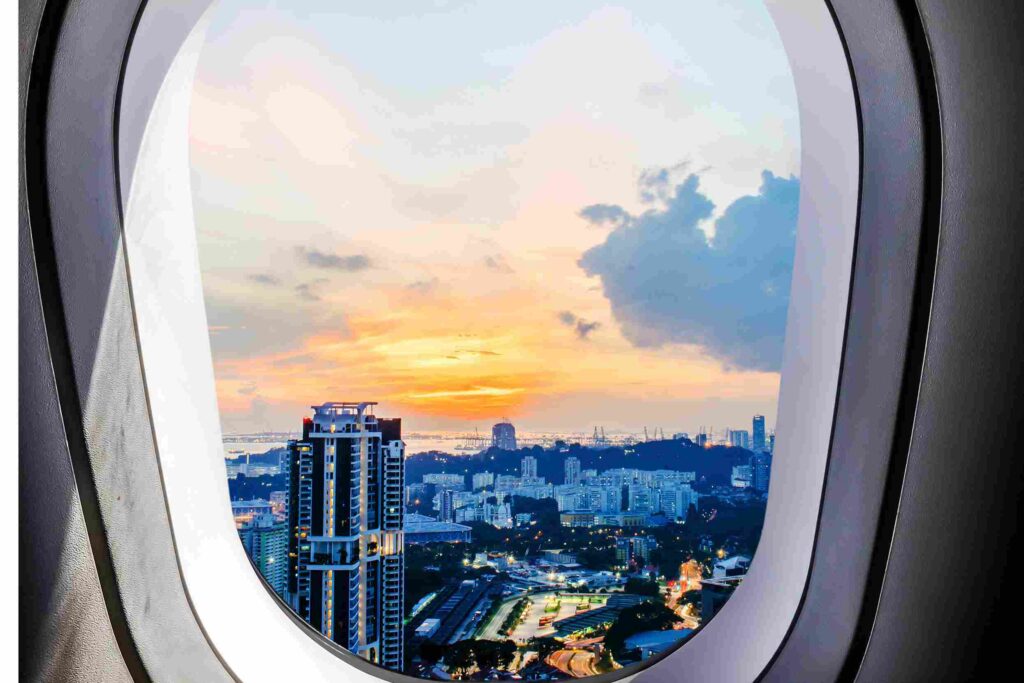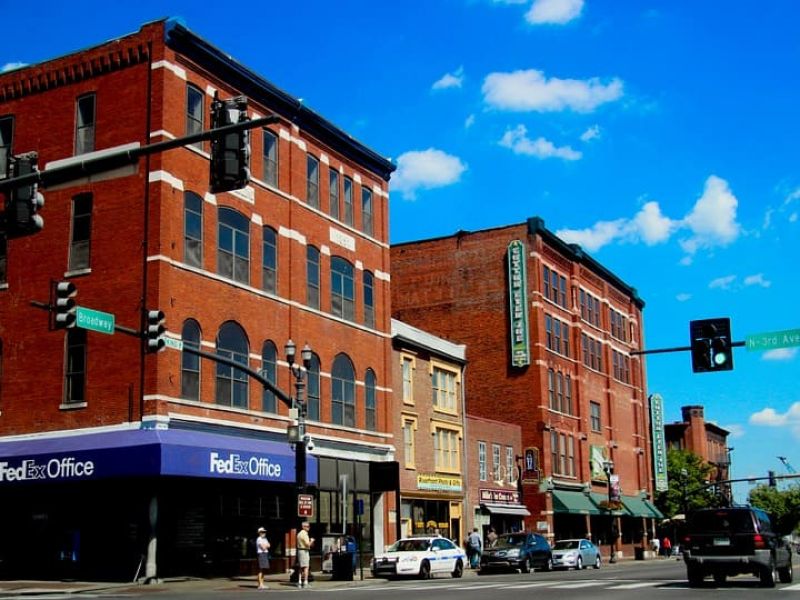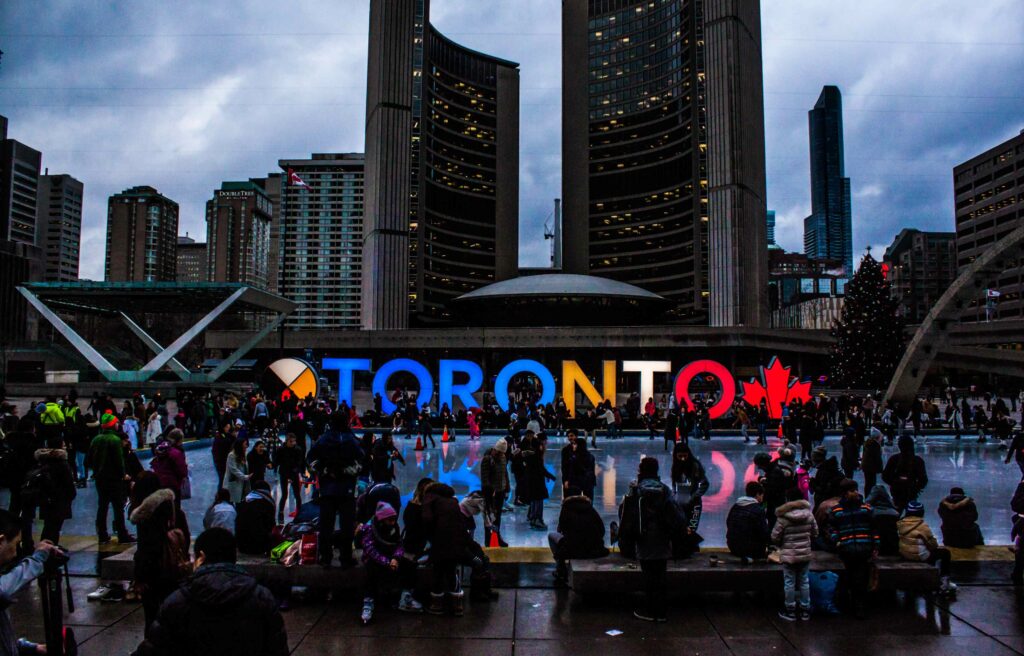At 59, David Larson walked out of his Chicago office for the last time, certain that years of careful saving had secured a calm future. He thinks of early walks by the lake and Sunday dinners with his grandchildren. But prices rose faster than he planned. Each month brought new expenses. Taxes climbed, health costs grew, and his savings lost their strength. His decision reflects a wider shift. Retirees across developed nations are moving abroad to preserve savings and maintain dignity in later life. It is called retirement migration.
The following insights explore how rising taxes, shifting costs, and new opportunities are sending both talent and capital abroad.
What Is Retirement Migration?
Retirement migration means moving to another place after finishing one’s career. It reflects a decision to settle where comfort costs less. Retirees often exchange high living expenses for fair taxes and accessible care. The result is more value and a better life balance.
This movement is growing fast. Over 18–20 million retirees globally have migrated for better living standards as of 2025 (SavvyNomad). Nations from Europe to Latin America now compete to attract retirees. These new residents bring foreign currency and continuous local spending.
For many, the move offers more than savings. Instead, it brings comfort, balance, and a new sense of belonging.

Related – How a Retirement Relocation Consultation Can Save You From Costly Mistakes
Why Are Retirees Moving Their Wealth Abroad?
Retirement migration is growing fast across wealthy nations. More retirees are moving away from high-tax countries. They are looking for places with lower costs and simpler financial systems. High taxes eat away at pensions. So, moving to a low-cost country feels like a fresh start.
Meanwhile, this change is most visible across North America and Western Europe. Retirees are drawn to quiet surroundings and easier expenses. They prefer warm weather and well-built homes. That is why Portugal, Spain, and Costa Rica remain top choices for living abroad.
As of 2025, nearly 12% of U.S. retirees, about 5 million people, have moved to lower tax countries seeking greater financial security (pmc.ncbi.nlm.nih).
“After years of planning, I wanted a place where my savings would last,” said Helen Turner, a retired teacher from Seattle. “I found that comfort abroad often costs less, yet gives much more.”
What Drives the Decision to Leave High-Tax Countries?
Taxes remain the most powerful push factor. Nations such as France, Canada, and the United States combine high marginal rates with expensive medical coverage.
The average American retiree spends about $172,500 annually on healthcare, according to Fidelity Investments.
In contrast, Portugal’s Non Habitual Resident program allows foreign pensioners to pay around 10% tax on income for ten years. Technology has also changed the equation.
Online banking and remote financial management make it possible to live abroad while maintaining ties at home.
Many retirees now see their savings as mobile capital rather than locked assets. This flexibility has turned migration into a new form of global investment.
Which Destinations Are Benefiting the Most?
Southern Europe and Southeast Asia keep attracting global retirees. Portugal, Greece, and Thailand welcome new faces each year.
The Global Wealth Migration Report 2024 placed Portugal and Thailand among the five fastest-growing destinations for high-net-worth migrants.
A couple can live comfortably in Portugal’s Algarve region for about €1,800 a month. The same lifestyle in Paris (read our relocation guide here) or Boston can cost more than $4,000. Thailand offers ten-year residence permits with tax exemptions on overseas income.
These policies help host countries attract retirees who bring both capital and consumer demand.
Also read – 16 Countries Offering Dual Citizenship – Ideal Relocation Destinations
How Is Retirement Migration Reshaping Local Economies?
Foreign retirees bring new energy to local markets. Property sales and healthcare services rise quickly.
In 2023, foreign buyers accounted for about 13% of all property transactions in Portugal, with popular regions like the Algarve seeing nearly 30% of sales attributed to overseas buyers (idealista). In Thailand, annual retiree spending ranges from $18,000 to $60,000.
Yet growth brings tension. Rising property values often squeeze local affordability. Policymakers must balance foreign inflows with domestic needs.
Economists describe this as the “retirement dividend.” When managed well, it strengthens communities. When neglected, it can deepen inequality.
“Migration builds opportunity when planned well,” said Maria Santos. “It can lift communities, but only if everyone rises together.”
What Are the Tax Implications for Departing Retirees?
Moving abroad does not always end tax obligations. The U.S. tax system follows its citizens overseas, taxing all global income. Canada adds a departure tax for those who leave for good. Retirees need strong financial advice to prevent double taxation.
Some destinations offer significant relief. Panama’s Pensionado program waives import duties and cuts utility costs by up to 25%. Malaysia’s “My Second Home” program offers renewable ten year visas with minimal tax on foreign income.
Knowing tax treaties and residency rules helps retirees protect their savings while staying compliant.
Can Healthcare and Infrastructure Keep Up With Demand?
Healthcare quality and cost are central. Many retirees choose countries that offer quality care at reasonable costs. Malaysia and Costa Rica provide reliable medical services open to foreigners.
In Malaysia, a private doctor visit costs around $25 compared with about $120 in the United States. Such differences shape retirement choices. Host governments are investing in hospitals, medical staff, and insurance options for international residents to handle rising demand.
“After my first checkup in Kuala Lumpur, I realized quality care does not have to drain savings,” said Robert Hayes, a retired engineer from Chicago. “It was professional, efficient, and far more affordable than I expected.”
How Does Retirement Migration Affect Labor and Innovation?
Retirees bring more than money. They carry decades of knowledge and skill. Many come from business, education, or creative work. When they move abroad, they share ideas through mentoring, volunteering, and small enterprises.
These contributions matter. Around 55.9% of people aged 60 to 64 were still employed across OECD countries in 2024. This shows that many retirees remain active contributors to the labor force and knowledge economy. Their presence supports innovation and community growth. Each new arrival brings fresh insight and stability.
At the same time, nations like Portugal and Greece welcome retirees who wish to teach or build small enterprises. These opportunities keep them active and connected. Their work helps offset youth migration and keeps local culture alive.
What Are the Hidden Costs of Moving Abroad?
At first, retirement migration seems like a path to savings. Yet unexpected costs add up quickly. Shipping belongings abroad may reach $12,000, while healthcare and visa renewals bring steady expenses. Without careful planning, these can offset tax savings.
There are emotional challenges, too. Adapting to new customs requires time. Language and bureaucracy often test patience. Advisors recommend a temporary stay before deciding. A half-year trial helps retirees find comfort and confidence.
If you are unsure about total expenses, try our retirement relocation calculator. It gives a clear picture of your potential costs. Relo.AI can then help you plan every detail, from budgeting to settling in your new home.
How Are Governments Responding to the Outflow?
High-tax economies are beginning to feel the impact of capital and population loss. Across America, movement toward low-tax regions like Florida and Texas grows each year. Some governments are exploring incentives to retain wealth.
New proposals under discussion involve limited tax exemptions, pension flexibility, and health incentives. Others push for modern welfare models that fit the needs of aging populations. The key struggle is keeping both efficiency and compassion in balance.
“This moment invites creative policy,” said Dr Elena Cruz, a retirement economist in Lisbon. “When people move freely, systems must evolve with them.”
Recommended read – Retirement Healthcare Planning May Decide Who Retires Well
Will Retirement Migration Trend Continue Over the Next Decade?
Researchers predict migration will expand well into 2035. As people live longer and save more, low-cost nations are preparing by easing visa rules.
Furthermore, technology also supports the movement. Moreover, online asset management, telemedicine, and virtual family connections remove traditional barriers. Consequently, unless high-tax economies reform, they risk losing both financial and intellectual capital to regions with better incentives.
“Retirement is no longer about slowing down,” said Laura Bennett, a financial planner in London. “It is about finding where money, time, and health create a better life.”
Can Retirement Migration Create Global Balance?
If managed thoughtfully, retirement migration can indeed benefit both sides. Moreover, host countries gain stable capital and skilled residents. Meanwhile, high-tax nations may find relief in reduced social spending. Therefore, cooperation through bilateral agreements can ensure fairness for both.
Ultimately, the future of retirement migration will depend on balance. Moreover, mobility of wealth should strengthen communities, not divide them. Above all, retirees seek dignity and security more than avoidance.
In their movement lies a quiet reshaping of how prosperity and purpose travel together across borders.
Bring It All Together!
Retirement migration reflects how people protect what they have built after decades of work. The size of a pension matters less than the wisdom of where and how it is spent. Planning, research, and timing define whether retirement feels secure or strained. Taxes and costs will always rise somewhere. The prepared retiree knows when to move and how to adapt. With foresight, relocation becomes an investment in stability, bringing comfort and peace.
Retirement should reward effort, not test endurance. That reward begins with one clear decision. Decide where your money lives best. Your peace of mind will follow.
Retire Wisely and Live Securely with Us
At Relo.AI, we help you create a clear and secure retirement migration plan that protects your income and lifestyle.
We combine financial insight with relocation expertise to find destinations with lower taxes, strong healthcare, and lasting value for your savings.
You receive full guidance on healthcare coverage, insurance needs, visa procedures, and housing preparation, all designed to create lasting security.
Book a FREE session with us now and let us craft a balanced retirement and relocation plan built for lifelong comfort, stability, and confidence.








